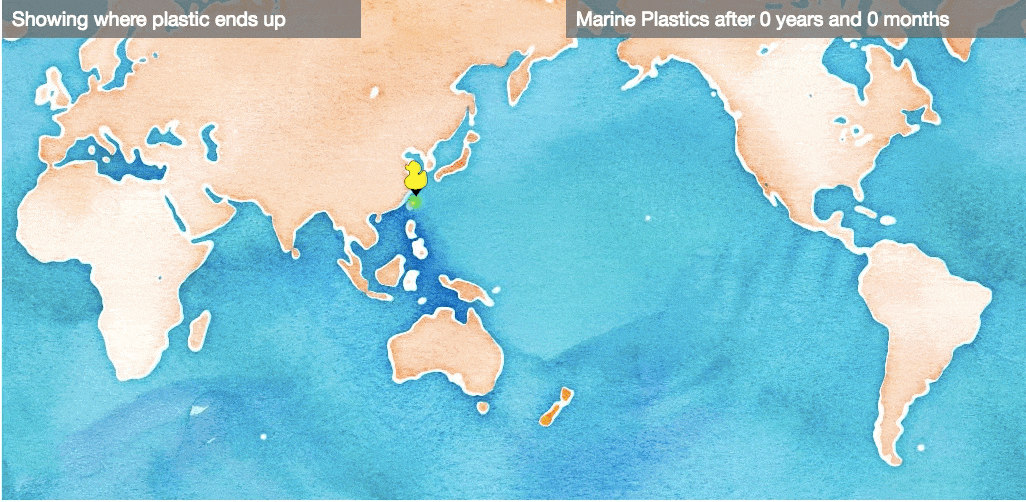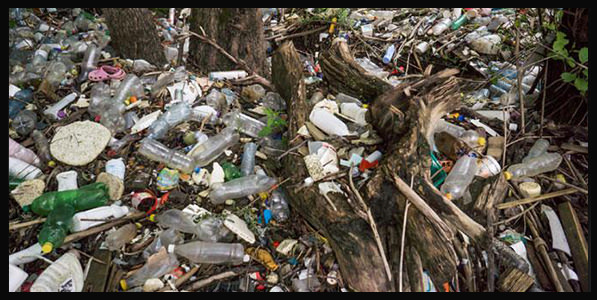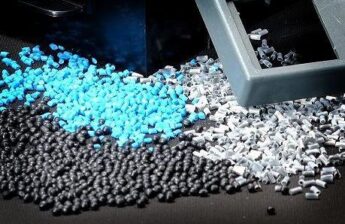Modelling shows that ocean currents can concentrate slow-degrading debris in certain parts of the world’s oceans, leading to so-called ‘garbage patches’
It is estimated that between four and 12m metric tonnes of plastic makes its way into the ocean each year. This figure is only likely to rise, and a 2016 report predicted that by 2050 the amount of plastic in the sea will outweigh the amount of fish.
A normal plastic bottle takes about 450 years to break down completely, so the components of a bottle dropped in the ocean today could still be polluting the waters for our great-great-great-great-great-great-great-great-great-great-great-great-great-great-great-great-grandchildren.
A lot of plastic debris in the ocean breaks down into smaller pieces and is ingested by marine life, and it is thought that a significant amount sinks to the sea bed. But a lot of it just floats around, and thanks to sophisticated modelling of ocean currents using drifting buoys, we can see where much of it ends up.
Oceanographer Erik van Sebille has shown that, thanks to strong ocean currents known as gyres, huge amounts of plastic end up in six “garbage patches” around the world, the largest one being in the north Pacific.
As can be seen in the image above, a bottle dropped in the water off the coast of China, near Shanghai, is likely be carried eastward by the north Pacific gyre and end up circulating a few hundred miles off the coast of the US.
A bottle dropped off the Mexican coast, near Acapulco, is likely to be caught in the same gyre. Some of the plastic waste drifts south, but a huge amount is swept west towards Asia before floating north and ending up in the same area – the so-called Great Pacific Garbage Patch.
Source: https://www.theguardian.com/environment/2017/jun/29/if-you-drop-plastic-in-the-ocean-where-does-it-end-up









